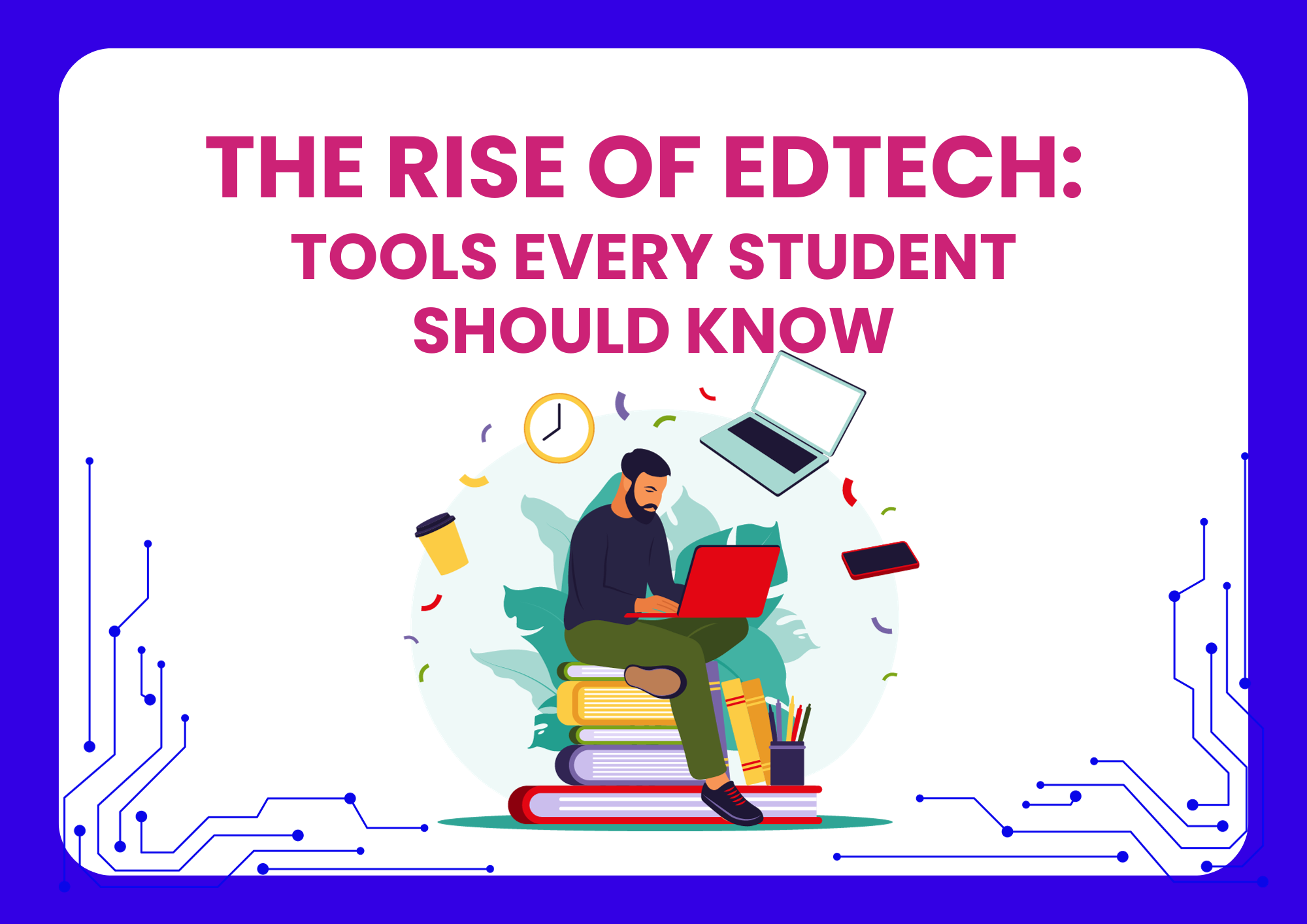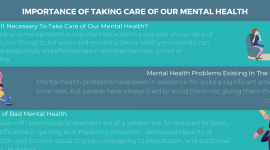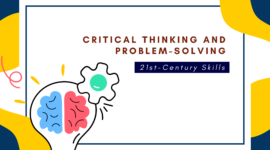In the fast-evolving landscape of education, the incorporation of Technology in education has become a defining factor in shaping the way students learn.
The traditional chalk-and-board model is gradually giving way to a more dynamic and interactive educational experience facilitated by the rise of Technology in Education, or EdTech.
Brief Overview of the Rise of EdTech:

Integration of Technology in education, known as EdTech, has witnessed a remarkable ascent in recent years.
With the advent of powerful computing devices, high-speed internet, and innovative software applications, education has transcended the confines of the traditional classroom.
EdTech encompasses a diverse range of tools and platforms designed to enhance the learning experience, making it more accessible, engaging, and personalized.
Importance of Technology in Education:
The pivotal role played by technology in education cannot be overstated. It goes beyond the mere digitization of textbooks; it involves redefining the entire learning process.
Technology in education fosters creativity, critical thinking, and collaboration, essential skills for success in the 21st century. Moreover, it addresses the diverse learning needs of students, offering adaptive and personalized approaches that cater to individual strengths and weaknesses.
The Changing Landscape of Education

Traditional vs. Modern Education Methods:
The shift from traditional to modern education methods represents a seismic change in how knowledge is imparted. Traditional methods often relied on rote memorization and one-size-fits-all teaching approaches. In contrast, modern education leverages technology to provide interactive, multimedia-rich content, fostering a deeper understanding of concepts through visual and interactive elements.
Role of Technology in Transforming the Learning Experience:
Technology in education catalyzes transforming the learning experience into a dynamic and interactive process. Multimedia presentations, virtual simulations, and interactive learning modules break away from the monotony of traditional lectures, making learning more engaging and enjoyable.
Additionally, the use of Technology in education allows for real-time feedback, enabling educators to tailor their teaching methods to suit the needs of individual students.
Advantages of EdTech for Students
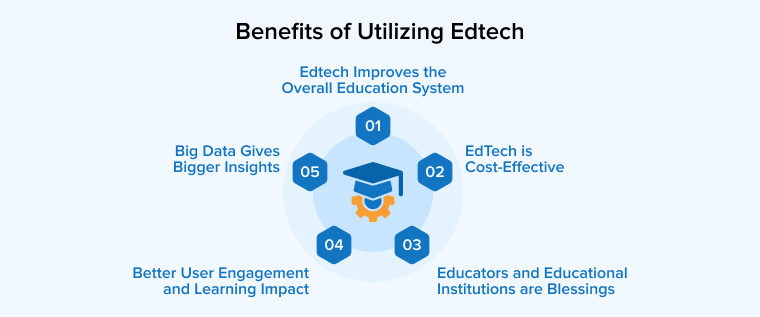
Accessibility and Flexibility:
One of the primary advantages of Technology in education is the unprecedented accessibility it provides to educational resources. Students can access a wealth of information with just a few clicks, breaking down geographical barriers.
Furthermore, the flexibility offered by online learning allows students to pace their studies according to their individual preferences and schedules, catering to a diverse range of learning styles.
Personalized Learning Experiences:
EdTech tools enable a personalized learning approach, where content and pacing can be tailored to meet the unique needs of each student. Adaptive learning platforms use data analytics to assess a student’s strengths and weaknesses, offering customized learning paths.
This personalized approach not only enhances understanding but also promotes self-directed learning and student autonomy.
Collaboration and Communication:
The collaborative nature of many EdTech tools facilitates communication and teamwork among students. Learning Management Systems (LMS) like Google Classroom and Moodle provide a centralized platform for document sharing, discussions, and collaborative projects.
This not only prepares students for the collaborative work environments they may encounter in the future but also fosters a sense of community and shared learning experiences.
Real-World Applications and Skills Development:
EdTech tools often bridge the gap between theoretical knowledge and real-world applications. Simulations, virtual labs, and case studies provide students with practical experiences, helping them apply theoretical concepts to real-world scenarios.
Moreover, the use of technology in education equips students with digital literacy skills, a crucial competency in today’s technology-driven society.
Essential EdTech Tools Every Student Should Know

Learning Management Systems (LMS):
Introduction to Popular LMS Platforms:
Learning Management Systems, such as Google Classroom, Moodle, and Canvas, have become integral to modern education. These platforms streamline the organization of course materials, assignments, and communication between students and teachers.
Benefits of Using an LMS:
LMS platforms offer a centralized hub for educational resources, facilitating seamless communication and collaboration. The ability to submit assignments, receive feedback, and engage in discussions within the digital realm enhances efficiency and organization in the learning process.
Online Collaboration Tools:
Overview of Tools for Group Projects and Discussions:
Online collaboration tools like Microsoft Teams and Slack are pivotal in fostering teamwork and communication. These platforms provide a virtual space for students to collaborate on projects, share ideas, and engage in discussions.
Importance of Collaborative Learning in a Digital Environment:
Collaborative learning not only mirrors real-world work dynamics but also enhances critical thinking and problem-solving skills. Online collaboration tools break down physical barriers, allowing students to contribute to group projects regardless of their locations.
Digital Note-Taking Apps:
Highlighting Note-Taking Tools:
Digital note-taking apps, including OneNote and Evernote, offer a more dynamic and organized alternative to traditional note-taking methods. These tools allow students to create, organize, and access their notes across various devices.
Benefits of Digital Note-Taking:
The transition from traditional to digital note-taking enhances organization, searchability, and accessibility. With features like multimedia integration and cloud synchronization, students can create comprehensive and easily retrievable notes.
E-Books and Digital Libraries:
Introduction to Digital Reading Platforms:
E-books, accessible through platforms like Kindle and Over Drive, have revolutionized the way students consume written content. Digital libraries provide an extensive array of resources at students’ fingertips.
Advantages of E-Books:
The portability and accessibility of e-books make them a practical choice for students. Additionally, features such as searchability, annotation, and interactive multimedia elements enhance the reading experience and promote active engagement with the content.
Educational Apps and Games:
Showcasing Educational Apps for Various Subjects:
Apps like Khan Academy and Duolingo offer interactive and engaging learning experiences across various subjects. These apps leverage gamification elements to make learning enjoyable and effective.
Gamification in Education and Its Impact on Student Engagement:
Incorporating game-like elements, such as rewards and challenges, into educational apps enhances motivation and engagement. Gamification not only makes learning fun but also stimulates a sense of accomplishment, encouraging students to persevere through challenges.
Virtual Reality (VR) and Augmented Reality (AR):
Exploring VR and AR Applications in Education:
Virtual Reality and Augmented Reality technologies are pushing the boundaries of educational experiences. From virtual field trips to interactive simulations, these technologies provide immersive learning environments.
Immersive Learning Experiences and Their Benefits:
VR and AR enhance the retention of information by providing sensory-rich experiences. These technologies transport students to virtual worlds, making abstract concepts more tangible and memorable.
Tips for Maximizing the Benefits of EdTech
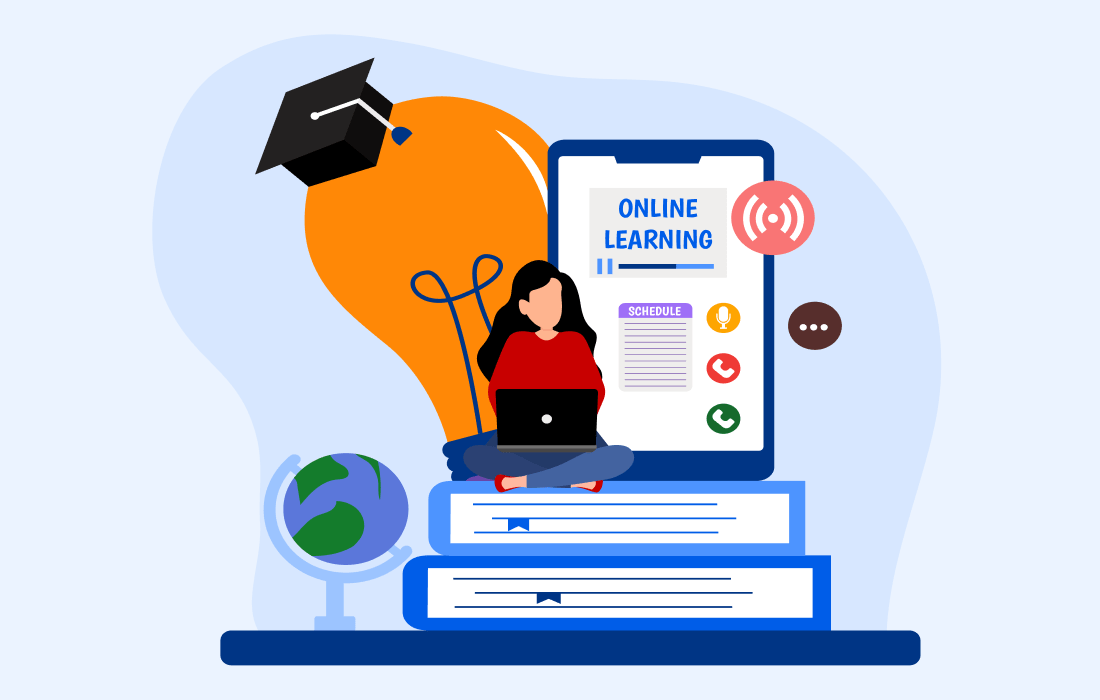
Balancing Screen Time and Offline Activities:
Striking a balance between screen time and offline activities is crucial for maintaining a healthy learning routine. Encouraging breaks, outdoor activities, and face-to-face interactions helps mitigate the potential negative effects of prolonged screen exposure.
Staying Updated on New Technologies and Tools:
The field of EdTech is continually evolving. Students should stay informed about the latest advancements and tools to make informed choices about the technologies that best suit their learning preferences and objectives.
Seeking Guidance from Teachers and Educators:
Teachers and educators are vital in guiding students through the digital learning landscape. Seeking guidance on effective tool usage, study strategies, and online etiquette ensures a positive and constructive learning experience.
Challenges and Considerations
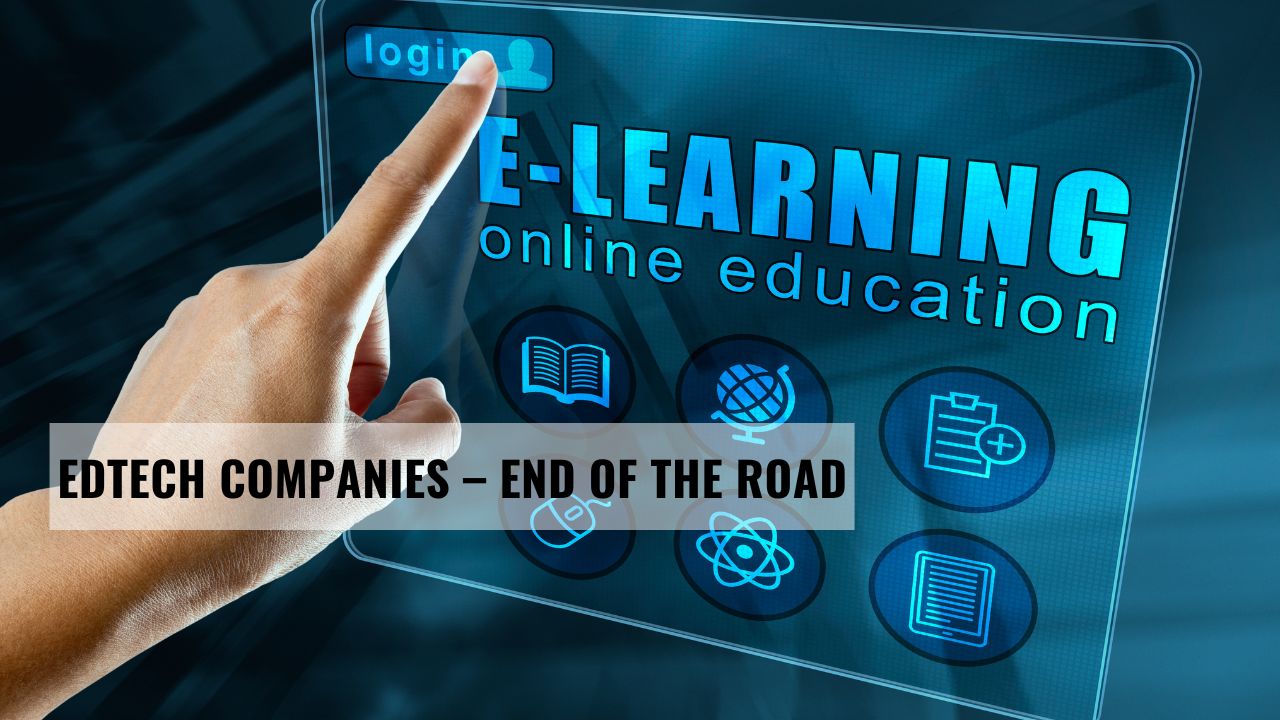
Addressing Potential Issues with Technology in Education:
Despite the numerous benefits, technology in education comes with its set of challenges, including issues related to access, equity, and the digital divide. Recognizing and addressing these challenges is essential to ensure that all students benefit from EdTech.
Importance of Digital Literacy and Responsible Tech Use:
Digital literacy is a critical skill in navigating the digital landscape. Educating students about responsible tech use, online safety, and critical evaluation of digital content equips them with the tools to navigate the digital world responsibly.
Conclusion
Emphasizing the Ongoing Role of EdTech in Education:
As technology advances, the role of Technology in education is poised to expand further. Embracing these tools prepares students for the future workforce and cultivates a mindset of continuous learning and adaptation.
Encouraging Students to Embrace and Leverage These Tools:
Encouraging students to embrace and leverage these tools empowers them to take ownership of their education and thrive in an ever-evolving digital landscape.






